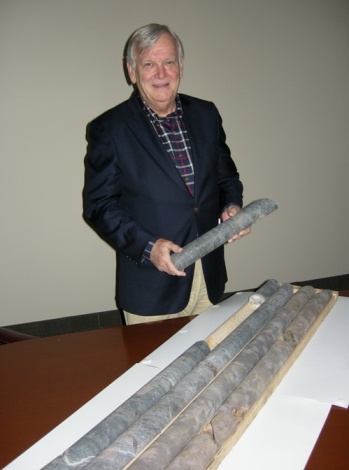The Toronto Star has the largest circulation in Canada. The paper has an enormous impact on federal and Ontario politics as well as shaping public opinion.
For 45 years Neil Young has periodically entered the political fray by writing influential protest songs that shine a light on injustice.
“Tin soldiers and Nixon coming.” To baby boomers this is a familiar lyric from one of the most influential political songs of their youth. “Ohio,” as the song is simply titled, is an elegy for four student protesters who were shot dead by the Ohio National Guard at Kent State University in 1970 National Guard at Kent State University in 1970. It is an anti-government rallying cry for a generation of Americans that was penned and sung by a Canadian — Neil Young.
For 45 years Young has been in the business of periodically entering big political debates and writing conscience-ridden anthems aimed primarily at his adopted America. He does so sparingly, when he is truly enraged by injustices he sees around him. Mostly he’s been on the right side of history. Almost always his protest songs have been influential and popular if not major hits.
It was Neil Young who reminded Americans that official racism remained alive and well in the south years after the passage of the Civil Right and Voting Rights Acts.
























